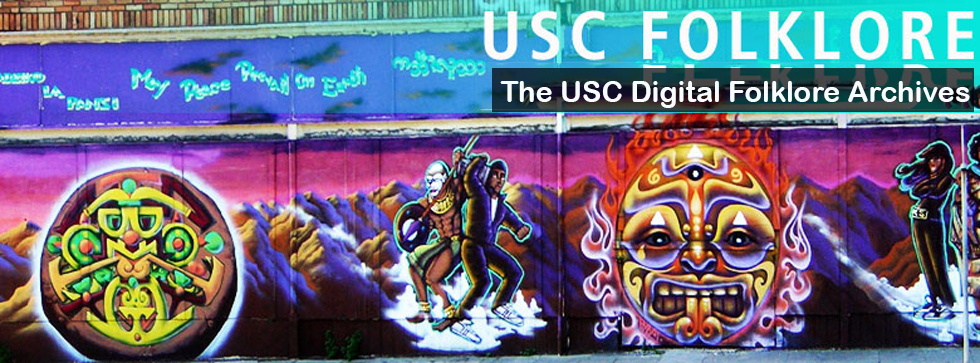TEXT:
I have a Greek friend whose family still practices lots of older Greek folk traditions. One of these is an Easter tradition involving eggs that are dyed red. Everyone takes one and they begin smashing them against each other, two at a time. Typically, when two eggs meet, only one of them cracks. The person whose egg is left untarnished is said to have good luck for the rest of the year! It’s almost like a competition or a game, and my friend told me there’s some strategy to it, since you can use either side of the egg to hit someone else’s.
CONTEXT:
My friend doesn’t really believe in the superstitious aspects of Greek traditions, even if his mother and extended family do. He does, however, enjoy participating because some Greek traditions are very fun, like this one. My friend didn’t really know the significance of the eggs cracking or why they were painted red. We had to do some research to find out that the cracking of an egg symbolizes Jesus’ opening of the tomb he was buried in, and the red dye is to symbolize Jesus’ blood shed on the cross. He told me that his grandma definitely knew about this but had not discussed it to him as a child, probably because of its grotesque nature. For my friend’s Greek family, the tradition has a significance greater than its religious one because it brings the family together for the holiday.
ANALYSIS:
I did some more research on my own and found out that some people attribute the egg tradition to Mary Magdalene, whose cooked eggs miraculously turned vibrant red when she witnessed Jesus rising from the grave. Easter egg painting has remained a tradition across Europe and into the Americas. In America, where religious tradition has become remarkably secular, Easter egg painting has become a simple activity to entertain kids on the holiday. In my friend’s family, however, I believe the intention was to teach children about important religious stories and celebrations. Painting eggs red and cracking them is an easy way to remember what happened when Jesus rose from the dead. My friend may have been too young for the lesson to be taught, but he did know his grandma to be a teacher of religious stories to her chidlren and grandchildren.
